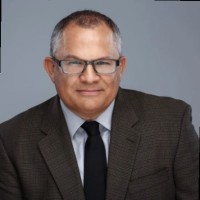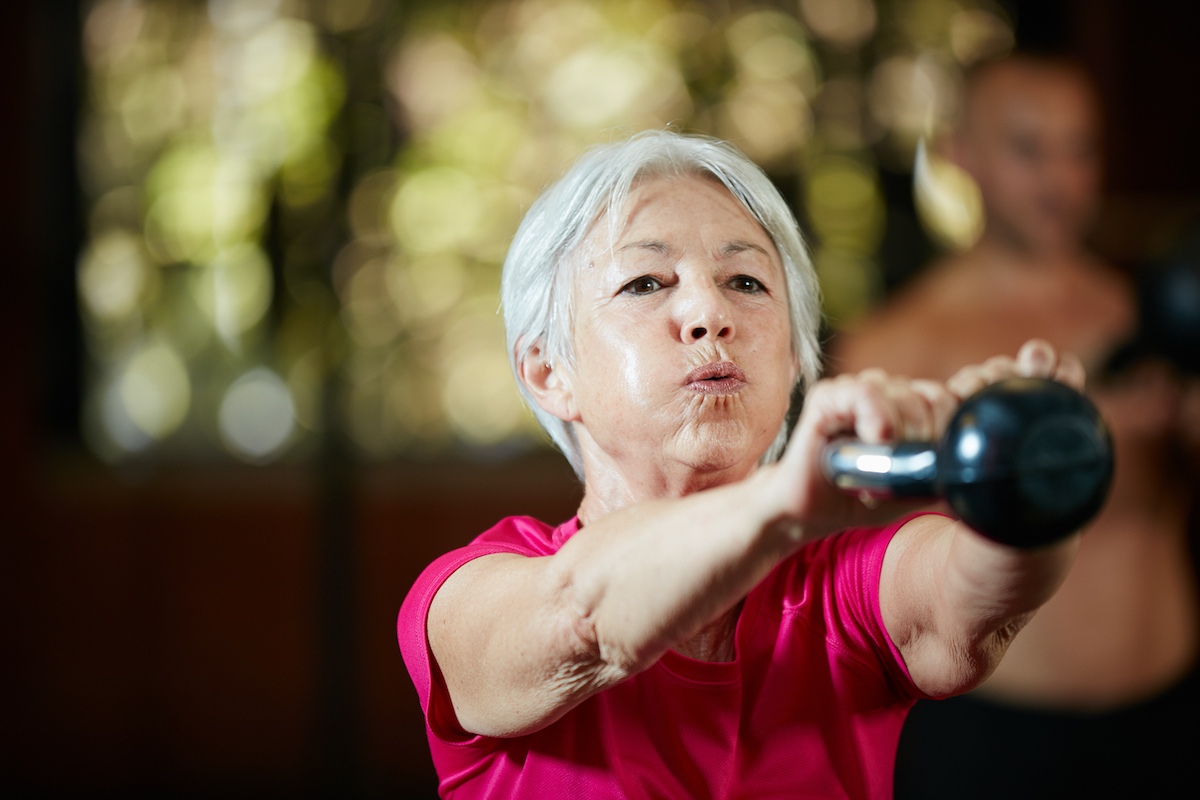I’ve traveled in the aging-services world for more than 30 years and visited a lot of organizations that provide physical activity and exercise opportunities for older adults. Many organizations grasp why it’s important to offer these opportunities to residents or members. Others still lack a clear understanding. Today, I want to clear the air. Let’s talk about the most compelling reasons for your organization—or any aging-services organization—to give your members or residents these options.
Physical activity opportunities are not just a “cool thing” to offer. Nor are they a marketing ploy or a retention tool. Yes, you’ll achieve your desired results if that’s what you aim to achieve—but your organization will miss out on the more important outcomes. Programs, environments and spaces can inspire older people to transform their lives, leading to benefits that have a higher meaning.
To see what investing in physical activity and exercise truly means, look into the faces of your residents or members as they stand on their own for the first time in years, or dance with a granddaughter at her wedding, or cross the finish line at a local walking event. These life moments are priceless. They provide everyone with great joy and satisfaction. These moments are only possible, though, because physical activity and exercise helped individuals reverse or slow the declines associated with aging and lifestyle.
Physical activity not only supports quality of life, independence and improved function—physical, cognitive and social—in people ages 50 and older, it also impacts virtually every aspect of society. There is the economic impact. Physically active lifestyles lower the costs that inactivity impose on the healthcare system (about US$780 billion a year in the United States alone); decrease the number of people who leave the workplace early due to ill-health; increase the pool of human capital; and lessen the need for supportive services (or shift the needs from home “care” to home “health”). Society also gains many financial benefits when people age actively. There are effects on everything from containing the total wage, Social Security and private-pension losses associated with caregiving—close to $3 trillion in the US, according to a report from the MetLife Mature Market Institute—to helping workplaces and countries remain more competitive. Yet, it is the personal impact derived from physical activity and exercise that will most reward you.
Don’t believe me? Consider the impact on your life if you were to lose your ability to function day-to-day. For example, how would you interact with all that you take for granted—family, friends, community? How would you get around? Who would you rely on for assistance, and would they always be available? How would your mental health change? Would your cognitive abilities diminish along with your physical ones? And what would you pay to restore your function?
“Transformational” is no understatement when we describe the benefits of exercise and physical activity for older adults.
Is it in the budget to transform lives? To inspire change? To make a difference? These are the vital reasons to provide physical activity and exercise opportunities for your residents or members. When those things become your goals, older adults and their families will feel the higher purpose behind your offerings. Trust me, they will respond. You will grow your bottom-line and you will retain your residents or members—plus you will have a more positive, satisfied customer base to help you spread the word.


